CONTACTAbout UsCAREER OPPORTUNITIESADVERTISE WITH USPRIVACY POLICYPRIVACY PREFERENCESTERMS OF USELEGAL NOTICE
© 2025 Equal Entertainment LLC.
All Rights reserved
All Rights reserved
By continuing to use our site, you agree to our Privacy Policy and Terms of Use.
We need your help
Your support makes The Advocate's original LGBTQ+ reporting possible. Become a member today to help us continue this work.
Your support makes The Advocate's original LGBTQ+ reporting possible. Become a member today to help us continue this work.
The Las Vegas Strip's first hotel-casino opened just as the Great Depression was coming to a close. Built in 1941 for under $500,000, the El Rancho Vegas triggered a high-stakes development game that now translates into $6.1 billion in annual gaming revenue, more than 37 million yearly visitors, and a gay following that adores the anything-goes spectacle of it all.
So perhaps it's a sign that the city's latest megadevelopment, CityCenter, has opened at what most of us are hoping is the tail end of the greatest recession since the El Rancho opened. Since breaking ground in 2006, MGM Mirage and Infinity World Development Corp. (a subsidiary of a Dubai-based investment company) have spent more than $8 billion transforming 67 acres between the Monte Carlo and Bellagio resorts into a vision of Vegas's future. It's a city within Sin City--a quartet of glistening high-rise hotels and a residential pair of golden-checkered glass sheaths that tilt like Pisa's iconic monument.
Instead of the Disney-for-adults design that proliferated during the 1990s, CityCenter continues the sleek aesthetic that took root when Mandalay Bay opened its sexy, casino-free tower, THEhotel, in 2003. There are no mini Eiffel Towers in sight, and the only great pyramids are filtered through a cubist lens in Studio Daniel Libeskind's sprawling Crystals, a retail and entertainment complex that houses a who's who of luxury retailers, including the inaugural Las Vegas boutiques from Tom Ford and Paul Smith.
The site also pops with green spaces, elaborate water features, and a $40 million fine art project with existing pieces and commissioned installations straight out of the MoMA playbook: Maya Lin's 84-foot silver cast of the Colorado River dangles in Aria's lobby while Henry Moore's abstract travertine sculpture of mother and child rests in CityCenter's public park.
Set back from the Strip's bustle, the 57-story, all-suite Vdara also takes the smoke-free, gaming-free path, wooing its guests with a 40,000-square-foot elevated pool and lounge and an eco-conscious spa. It's no surprise that in a town where fortunes are easily made, green is CityCen-ter's color of choice. The 18 million-square-foot project received Leadership in Energy and Environmental Design certification based on its sustainable site development, materials, energy efficiency, water savings, and indoor environmental quality.
The final tower on the scene, the icy-blue Harmon, is the sole reminder of a lengthy construction process that weathered its share of delays and bankruptcy rumors; condos are no longer part of the mix, and the tower will open in late 2010 as a 400-room luxury hotel.
One of the best features of the development is the prices that come with all the new rooms. CityCenter has added a whopping 6,000 hotel rooms to a city that wasn't hurting for them to begin with. With room rates drastically reduced, the off-season has become nonexistent. There are unbelievable bargains to be easily struck simply by calling hotels directly. For example, compare rates for the March 26-28 weekend at the Mandarin Oriental ($375 per night) with the same hotel in New York ($795 per night).
Some might be surprised that City- Center made it to opening day at all in the middle of a U.S. economic meltdown, but it's all just a little bit of Strip history repeating. If it weren't a gamble, it wouldn't be Vegas.
From our Sponsors
Most Popular
Bizarre Epstein files reference to Trump, Putin, and oral sex with ‘Bubba’ draws scrutiny in Congress
November 14 2025 4:08 PM
True
Jeffrey Epstein’s brother says the ‘Bubba’ mentioned in Trump oral sex email is not Bill Clinton
November 16 2025 9:15 AM
True
Watch Now: Pride Today
Latest Stories
Creating Change Returns to Washington D.C. for 38th Convening for LGBTQ Advocacy
December 19 2025 12:22 PM
House passes bill banning Medicaid from covering gender-affirming care for youth
December 19 2025 11:05 AM
Health policy expert to RFK Jr.: You can't ban trans youth care this way
December 18 2025 5:37 PM
12 lesbian thrillers and mysteries to binge & where to watch them
December 18 2025 4:36 PM
Netflix's 'Boots' season 2 plot revealed by producer amid cancelation
December 18 2025 4:33 PM
Charlie Kirk's accused killer, Tyler Robinson, on LGBTQ+ issues: It's complicated
December 18 2025 4:04 PM
Sacramento man still in coma six weeks after suspected anti-LGBTQ+ hate crime
December 18 2025 1:17 PM
RFK Jr. and Dr. Oz announce sweeping measures to ban gender-affirming care for trans youth
December 18 2025 12:19 PM
True
Texas city will remove rainbow crosswalks under orders from Trump administration
December 18 2025 11:07 AM
Six key takeaways from Trump's speech to the nation, including 'transgender for everybody'
December 17 2025 10:51 PM
Marjorie Taylor Greene’s bill criminalizing gender-affirming care for minors passes with Democrats’ support
December 17 2025 6:47 PM
True
I didn’t just run the world’s major marathons. I changed them
December 17 2025 4:31 PM
Pam Bondi wants FBI to offer bounties for ‘radical gender ideology’ groups, leaked memo shows
December 17 2025 3:17 PM






























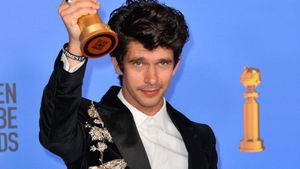






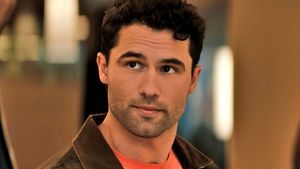
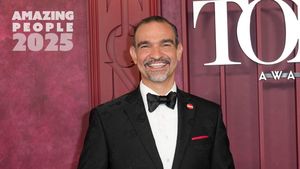



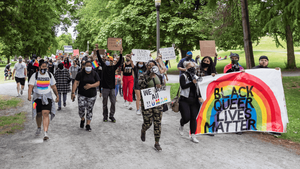
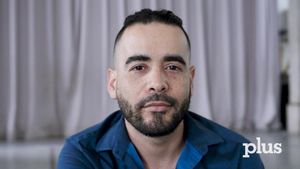







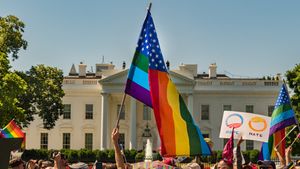


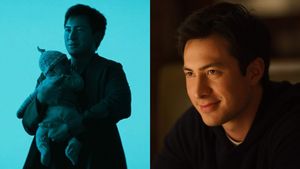


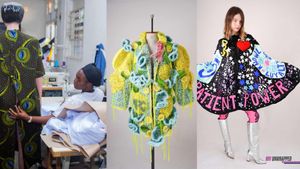
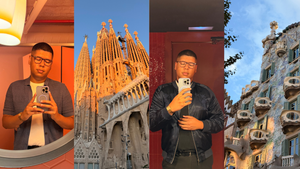
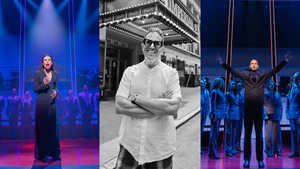


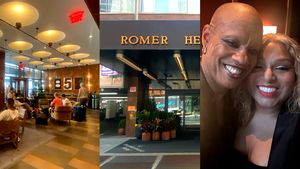
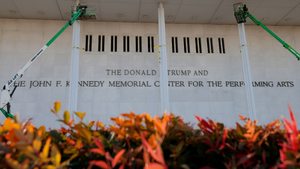




Charlie Kirk DID say stoning gay people was the 'perfect law' — and these other heinous quotes